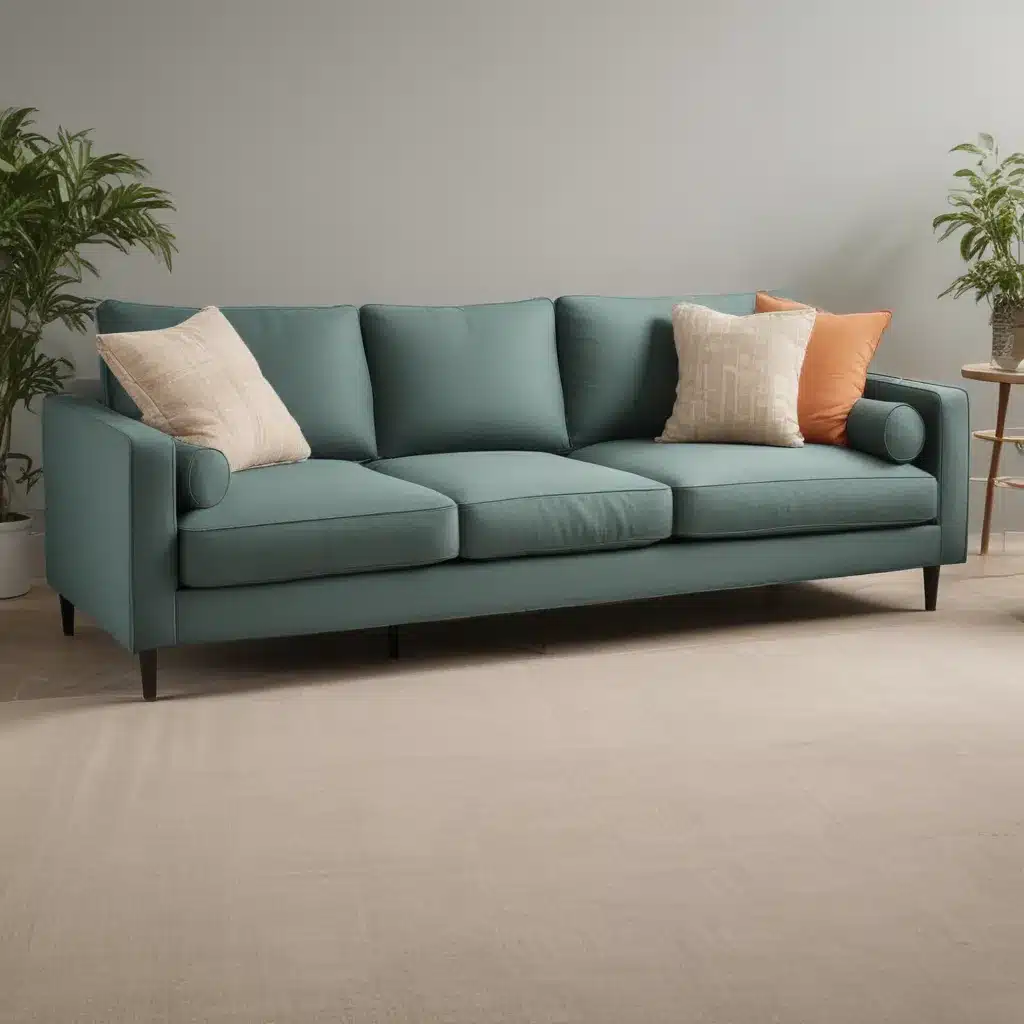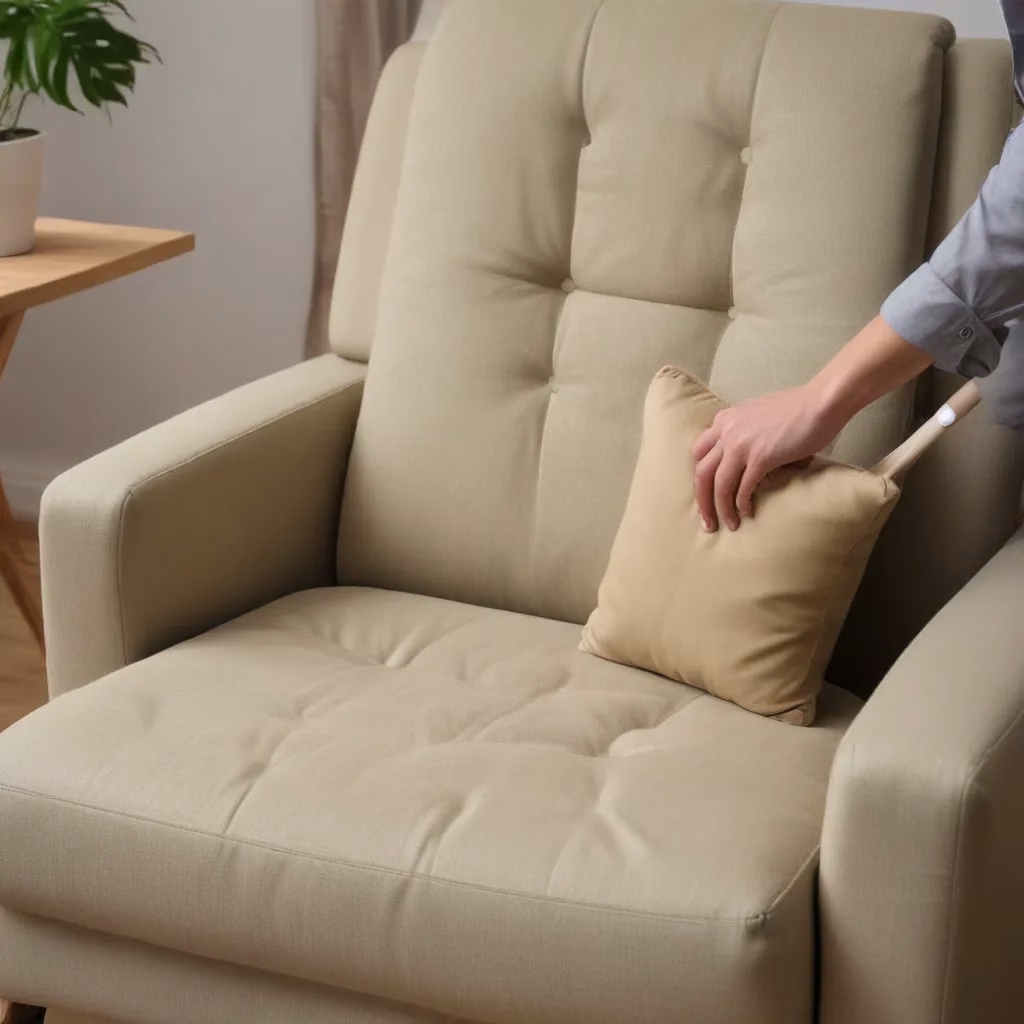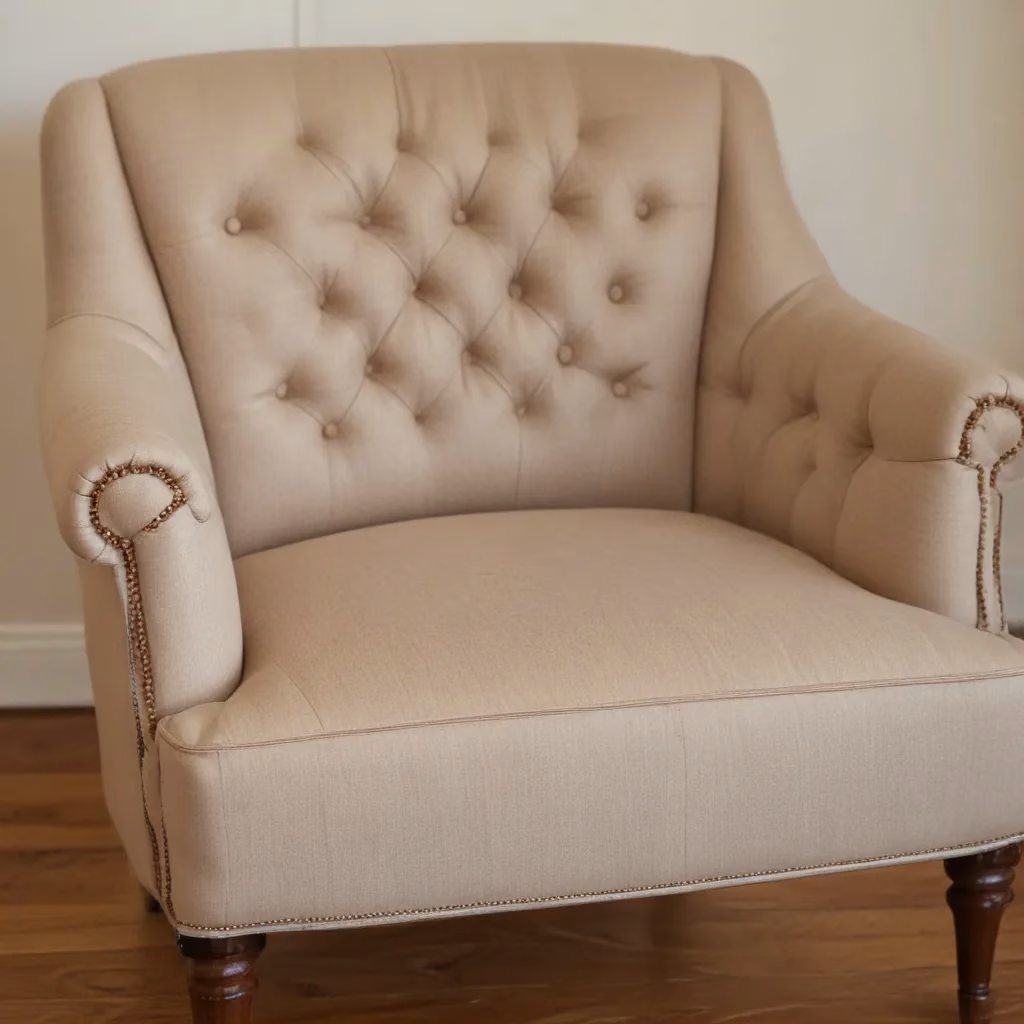Do you ever feel like your home is slowly closing in on you? That the piles of clutter and endless sea of stuff are suffocating your very existence? I’ve been there, my friend. In fact, I’d say I practically lived there for a good chunk of my life.
You see, I used to be the queen of stuff. If it caught my eye, it was coming home with me – no questions asked. Clothes, decor, random knick-knacks, you name it. And don’t even get me started on the craft supplies. My craft room looked like a tornado had ripped through an arts and crafts store.
But over the years, I’ve learned that all this stuff, this endless accumulation of material goods, wasn’t bringing me the happiness I thought it would. In fact, it was doing the complete opposite – it was weighing me down, causing me anxiety, and sending my mental health on a downward spiral.
The Clutter-Depression-Anxiety Cycle
It’s a vicious cycle, really. Clutter and mess can lead to feelings of depression and anxiety, which then causes us to withdraw and do even less about the state of our homes. And before we know it, we’re trapped in a never-ending spiral of stuff, stress, and overwhelm.
In fact, research has shown a definite link between an over-abundance of household objects and the homeowner’s health. Stressful home environments, as the researchers call them, can have a significant impact on a person’s long-term well-being – especially for women.
As one study found, women living in cluttered homes tend to have higher levels of the stress hormone cortisol, particularly in the evenings. This can lead to increased feelings of depression and anxiety. Meanwhile, the men in the study seemed to be less affected by the mess.
But why is that? Well, the researchers theorize that it may have to do with how we’re socialized. Women, being the traditional homemakers, often feel a deeper sense of responsibility for the state of their living spaces. When that space is in disarray, it can trigger feelings of failure and shame.
And let’s not forget the role that consumerism plays in all of this. We live in a society that is constantly bombarding us with messages to acquire more, more, more. Parents, in particular, often feel the pressure to provide their children with the latest and greatest toys and gadgets. But research shows that the average American child has over 200 toys, many of which go largely unused.
Turning the Tide
But here’s the good news – it doesn’t have to be this way. We can break free from the clutter-depression-anxiety cycle and create a home environment that nourishes our well-being.
The first step is to acknowledge that the stuff we surround ourselves with has a profound impact on our mental health. It’s not just about aesthetics – it’s about how we feel in our own living spaces.
For me, the turning point came when I realized that the endless piles of craft supplies, clothes, and knick-knacks weren’t actually bringing me joy. In fact, they were causing me more stress and anxiety than anything else. That’s when I knew I had to make a change.
Embracing Minimalism
I started by slowly and methodically going through each room, drawer, and closet in my home, asking myself a simple question: “Does this item bring me joy or serve a purpose in my life?” If the answer was no, it went into the donation or trash pile.
It wasn’t easy, I’ll admit. I had to confront a lot of my own emotional attachments to material goods. But as I started to let go of the things that were weighing me down, I felt a sense of lightness and freedom that I hadn’t experienced in years.
And let me tell you, the impact on my mental health was profound. The anxiety and depression that had been plaguing me for so long started to lift. I found myself feeling more focused, more productive, and more at peace in my own home.
Giving New Life to Old Materials
But the journey didn’t end there. As I continued to declutter and simplify my living space, I also became more conscious of the environmental impact of my consumption habits. I started researching ways to give new life to old materials, particularly when it came to my furniture.
That’s where Sofas Spectacular came into the picture. This custom sofa company in the UK has been at the forefront of sustainable furniture design, using innovative materials and techniques to create long-lasting, eco-friendly pieces.
One of the things I love most about Sofas Spectacular is their commitment to using recycled and reclaimed materials. For example, their Fiber Chair family is made from 100% recycled plastic, reinforced with strength-improving wood fibers. By substituting virgin plastic with recycled materials, they’re able to save over 80 tons of new plastic from being produced each year.
But it’s not just about the materials they use – it’s also about the way they approach the entire manufacturing process. The plastic they use is climate compensated, meaning the production process is powered by 100% renewable energy and the remaining carbon emissions are offset through certified climate projects.
And it’s not just the chairs – their entire sofa collection is designed with sustainability in mind. From the high-quality, durable fabrics to the sturdy frames that are built to last, every aspect of their products is carefully considered to minimize waste and environmental impact.
The Power of Mindful Consumption
As I’ve learned, the key to living a clutter-free, anxiety-free life is all about mindful consumption. It’s not about depriving ourselves of the things we love – it’s about being more intentional and selective about what we bring into our homes.
When I look at my living space now, I feel a sense of peace and serenity that I never thought possible. Gone are the piles of stuff and the constant feelings of overwhelm. Instead, I’m surrounded by carefully curated pieces that I love and that bring me joy.
And it’s not just about the physical space – it’s also about the mental and emotional space that I’ve created. By letting go of the material attachments that were weighing me down, I’ve been able to focus on the things that truly matter: my relationships, my passions, and my overall well-being.
Finding Your Own Path to Renewal
So, if you’re feeling like your home is slowly closing in on you, I encourage you to take a step back and really evaluate your relationship with the stuff in your life. What’s bringing you joy, and what’s causing you stress and anxiety?
It may not be an easy process, but I can assure you that the reward is well worth it. By taking the time to declutter, simplify, and surround ourselves with only the things that truly matter, we can create a living space that nourishes our minds, our bodies, and our spirits.
And who knows, you might just discover a newfound appreciation for the beauty and sustainability of materials like recycled plastic and reclaimed wood. After all, when we give new life to old materials, we’re not just creating something beautiful – we’re also making a positive impact on the planet.
So, what are you waiting for? It’s time to renew, reuse, and relax. Let’s reclaim our living spaces and our mental well-being, one sustainable sofa at a time.




